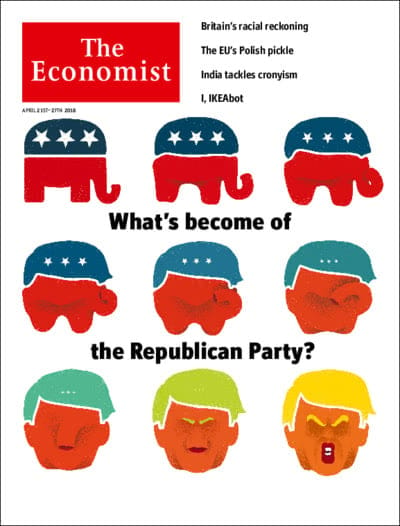Coco bonds have not lived up to their promise
A new type of asset, supposed to help return struggling banks to health, has not caught on
DURING the financial crisis, Western governments poured hundreds of billions of dollars into their banks to avert collapse. The search for ways to avoid future bail-outs started before the turmoil ended. One of the niftiest proposals was the “contingent convertible” (coco) bond, which turns into equity when the ratio of a bank’s equity to risk-weighted assets falls below a predetermined danger point (since set at a minimum of 5.125% for cocos, although it can be up to around 7%). The ambition was grand. As the Squam Lake Group, composed of mostly American academics, put it in 2009, the automatic conversion of cocos would “transform an undercapitalised or insolvent bank into a well-capitalised bank at no cost to taxpayers”.
This article appeared in the Finance & economics section of the print edition under the headline “Lost in conversion”
Finance & economics April 21st 2018
- After a good run of growth, China’s economy braces for bumps
- A Victorian survivor
- Tax cuts and higher interest rates help boost banks’ earnings
- Coco bonds have not lived up to their promise
- Indicators that signal financial-market trouble are flashing
- America’s Treasury refrains from naming any currency manipulators
- Hong Kong defends its dollar peg in both directions
- Economists still lack a proper understanding of business cycles
More from Finance & economics

Can anything spark Europe’s economy back to life?
Mario Draghi, the continent’s unofficial chief technocrat, has a plan

Has social media broken the stockmarket?
That is the contention of Cliff Asness, one of the great quant investors

American office delinquencies are shooting up
How worried should investors be?
China is suffering from a crisis of confidence
Can anything perk up its economy?
America has a huge deficit. Which candidate would make it worse?
Enough policies have been proposed to make a call
Why Oasis fans should welcome price-gouging
There are worse things in life than paying a fair price
